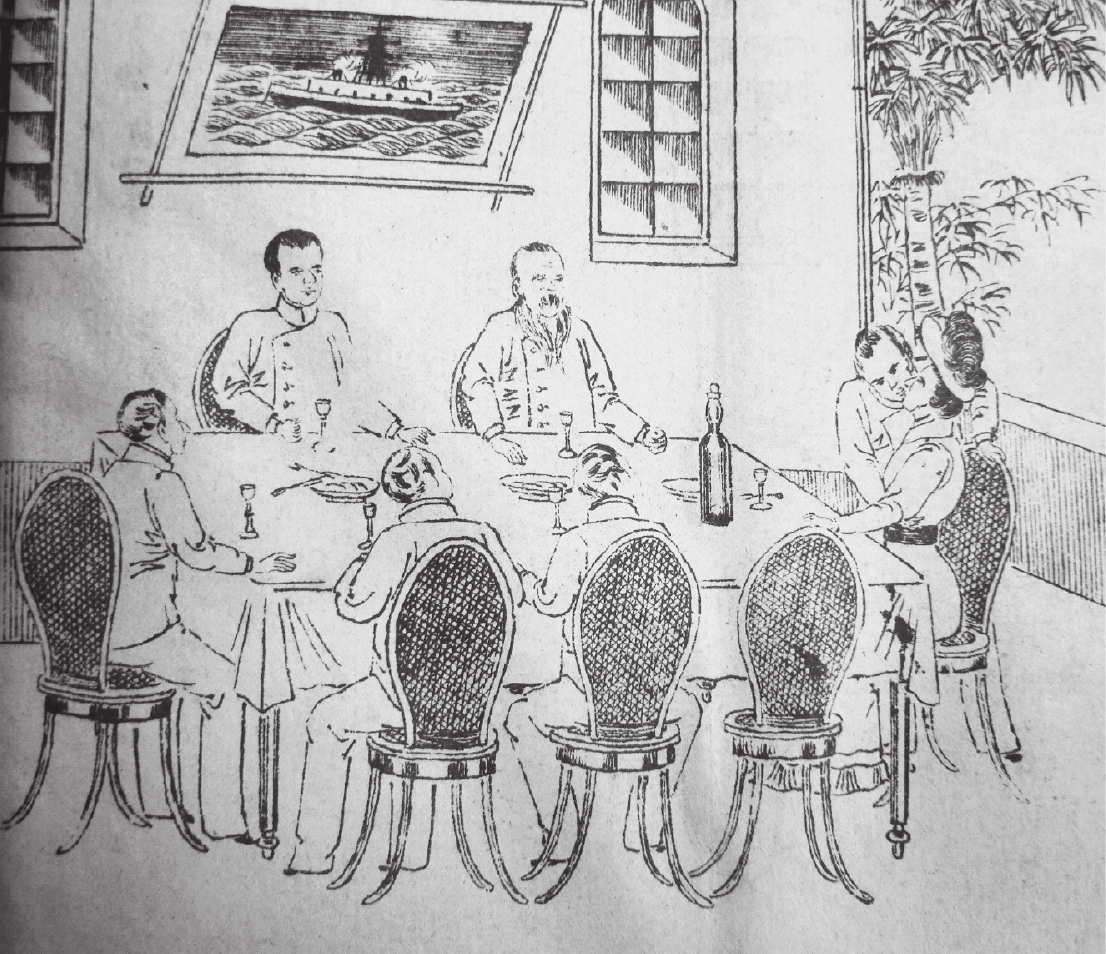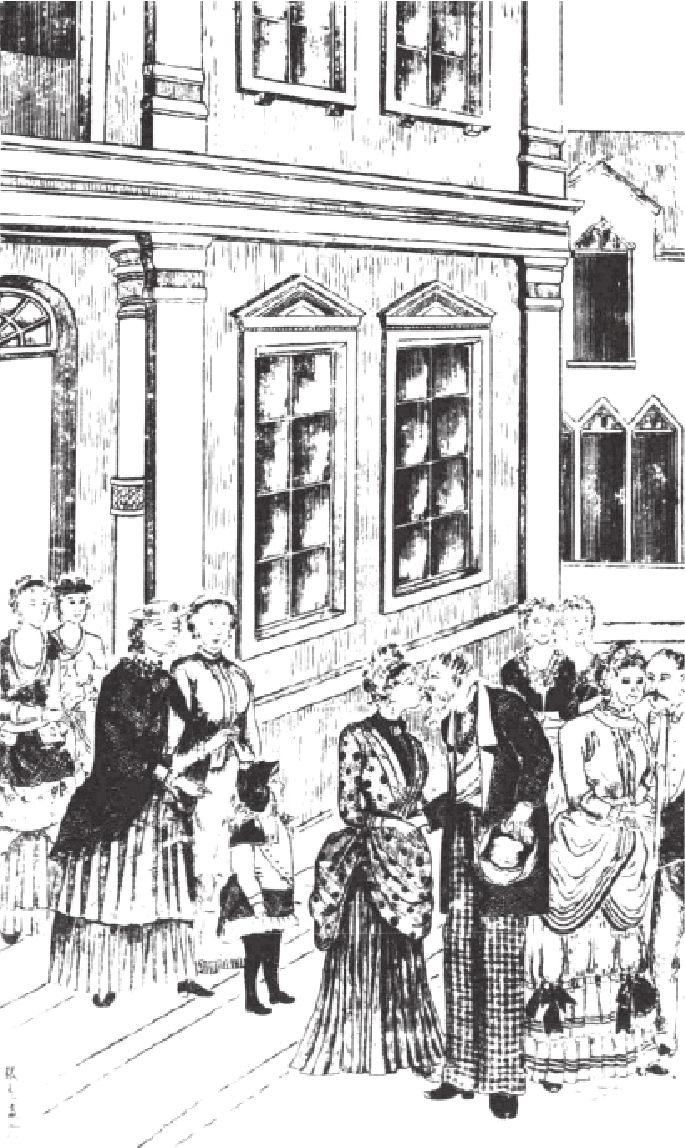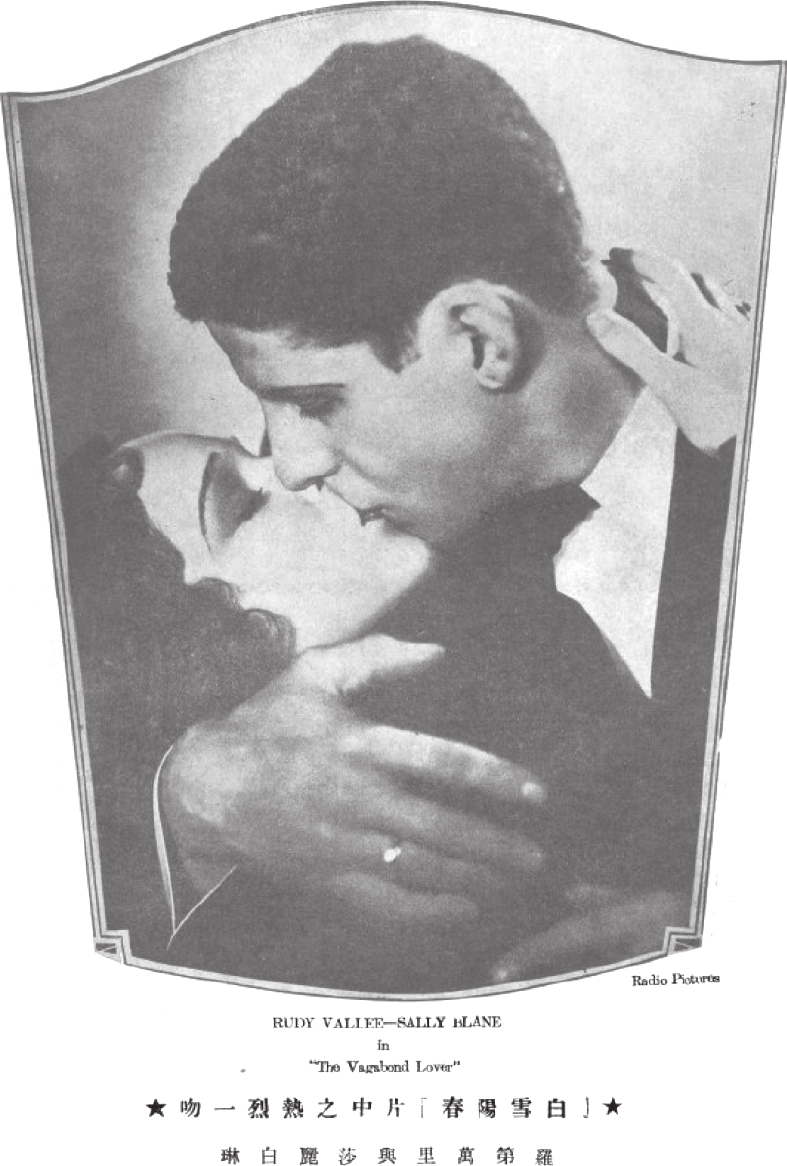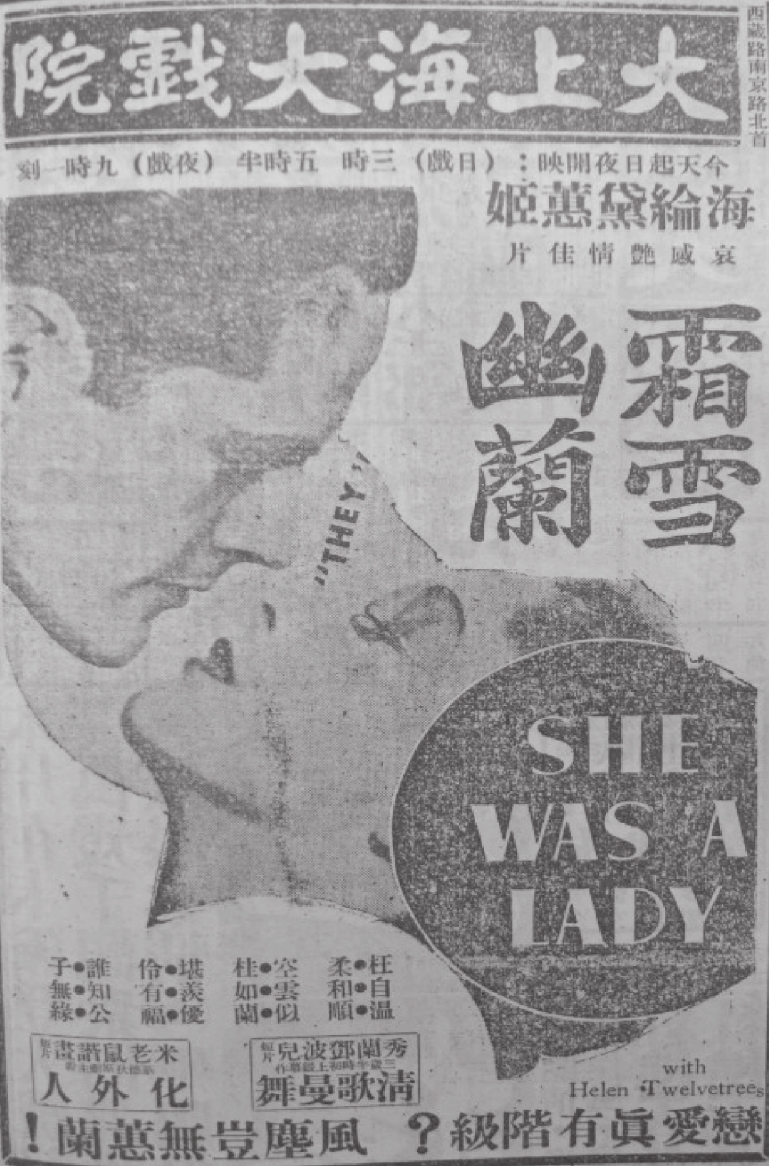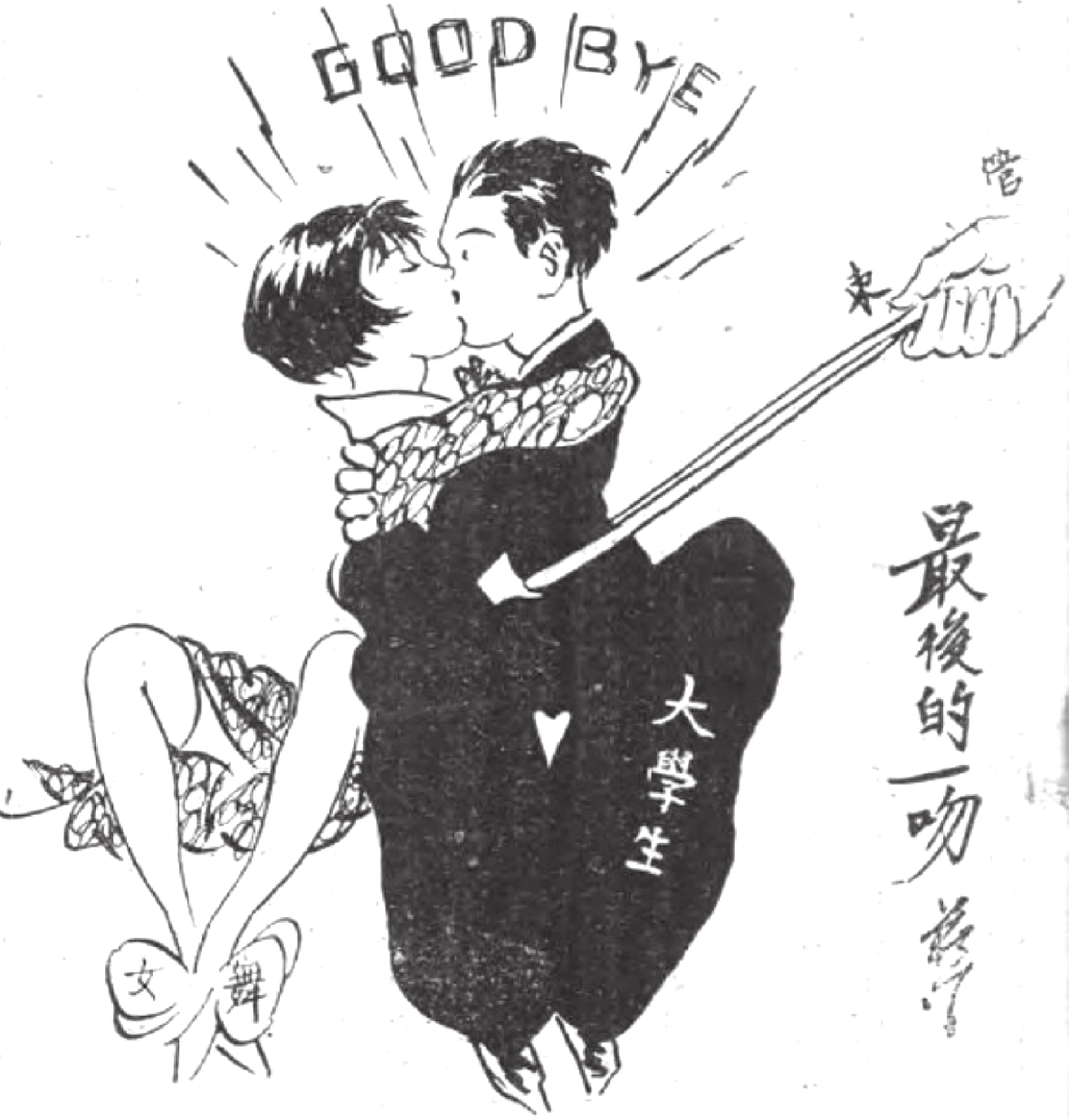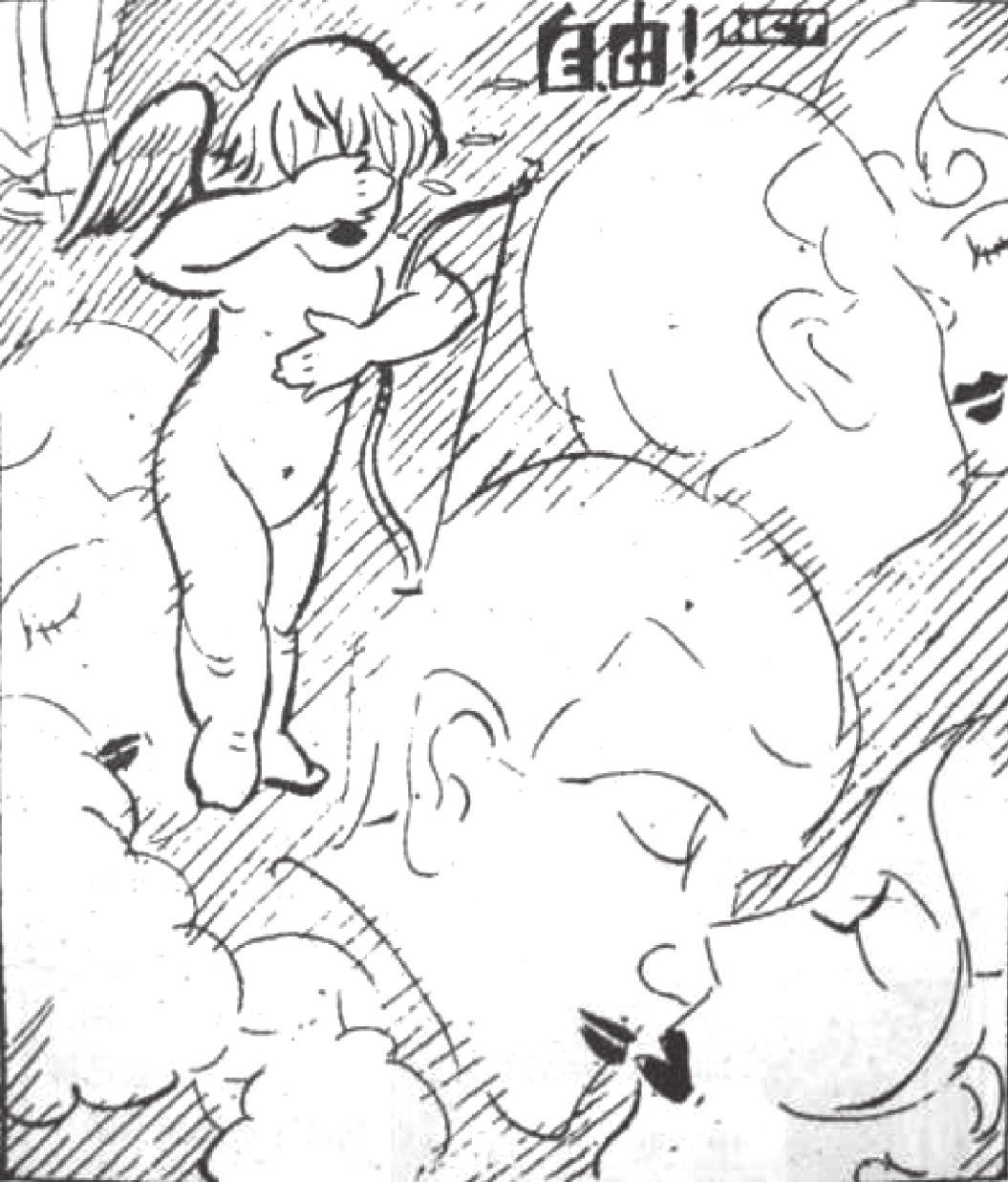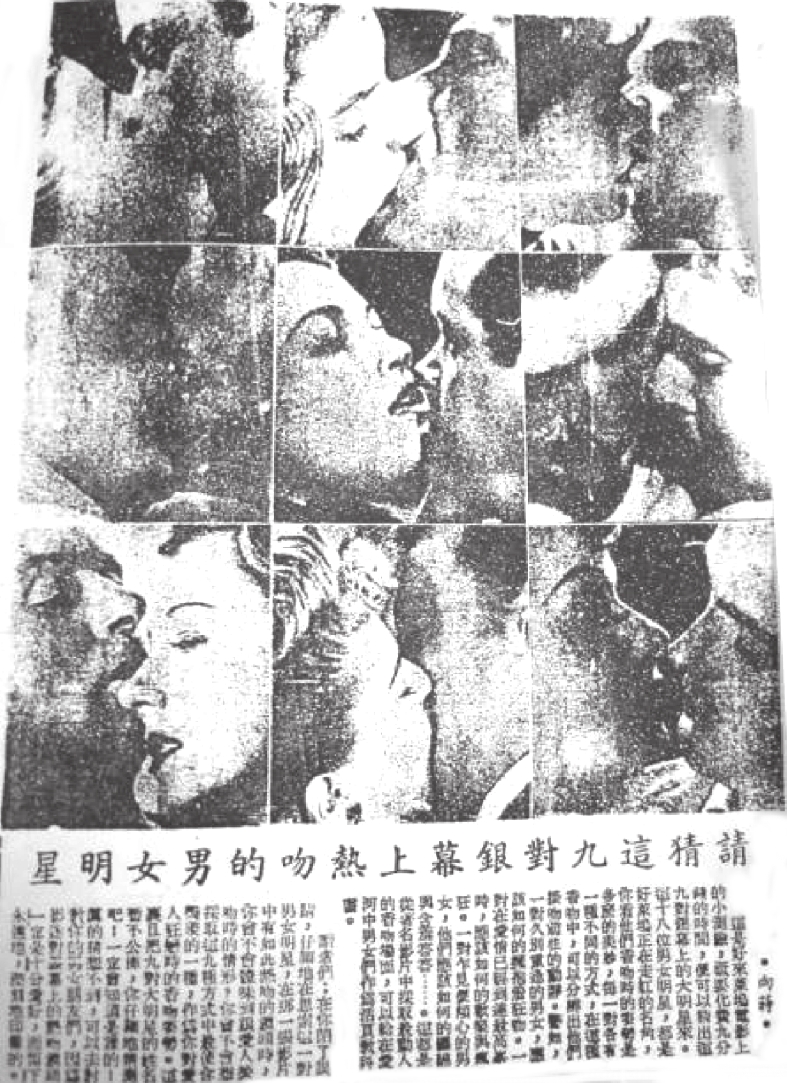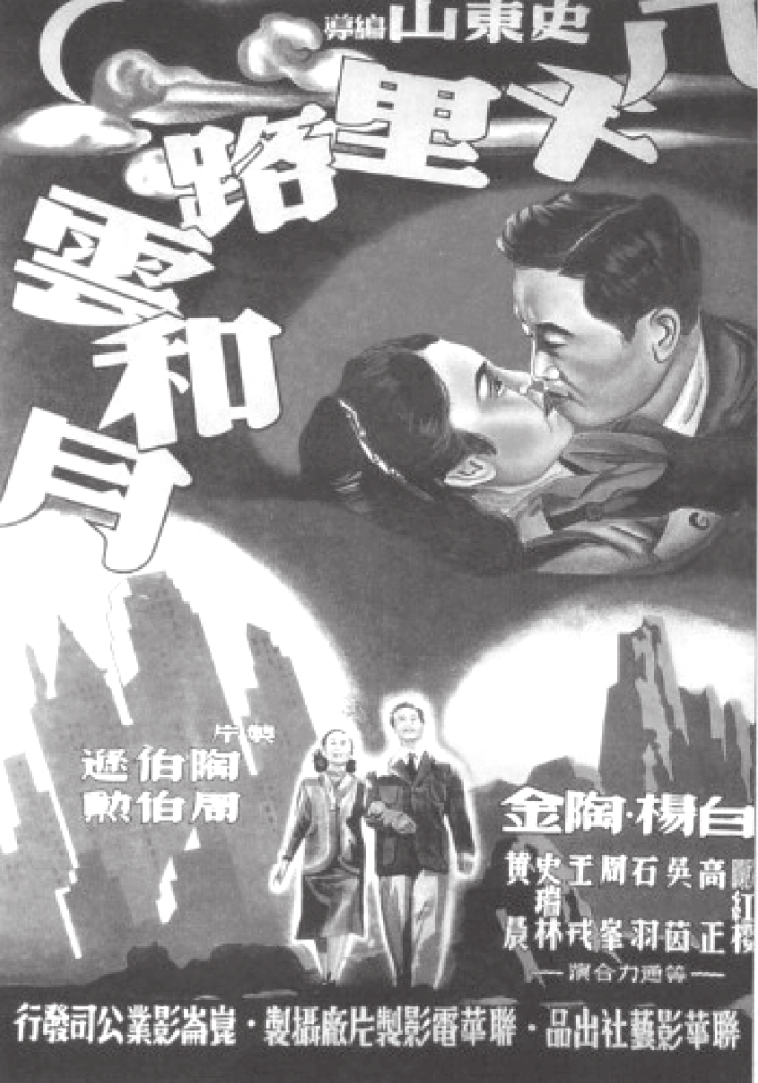The Cultural History of Kiss in Modern China
- Available Online: 2019-06-01
Abstract: The shaping and spreading of kissing culture reflects how the foreign cultures have been accepted, gender relations transformed, and moral standards remodeled in modern China. The widespread of the word " 接吻” (Kiss) in various texts during the late Qing period was the result of deliberate choice made by both Chinese and Western cultural interpreters such as scholar-bureaucrats and missionaries in China, which reflects the subtle and complicated mentality of Chinese in accepting the " new civilization”. In the process of interpreting the Western kissing culture, the popular literature, represented by the works of " Mandarin Ducks and Butterflies School” (" 鸳鸯蝴蝶派”), have created illusion of the West among the general public by highlighting the erotic implication of kissing behavior, but meanwhile, kiss was made as a symbol of romantic love and freedom of marriage. With the rise of the New Culture Movement and the promotion of film art, the Western kissing culture has been further spread in China, and the change of gender relations as well as the concept of marriage are necessary for its popularity. In response to a series of social problems caused by the overflow of kissing culture, long-lasting debates have been carried out from the aspects of " etiquette”, " hygiene” and " morals”, and successive governments also actively exerted influences on this cultural issue in the name of enforcing ethical and moral standards. Nevertheless, under the pressure of American cultural hegemony after World War II, Nationalist Government was unable to stop the spread of Western kissing culture in China, since its social management fell into a self-contradictory dilemma.
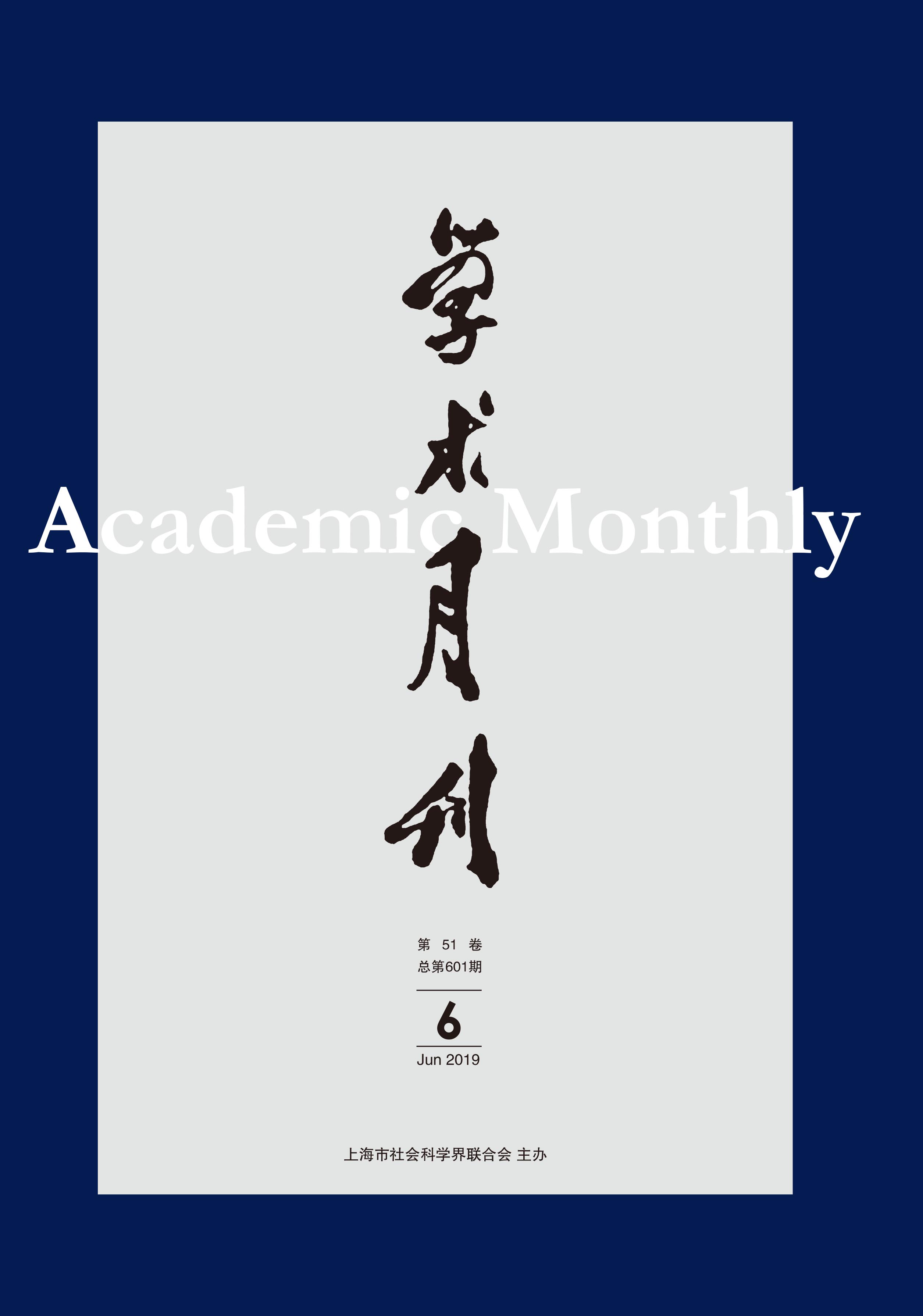


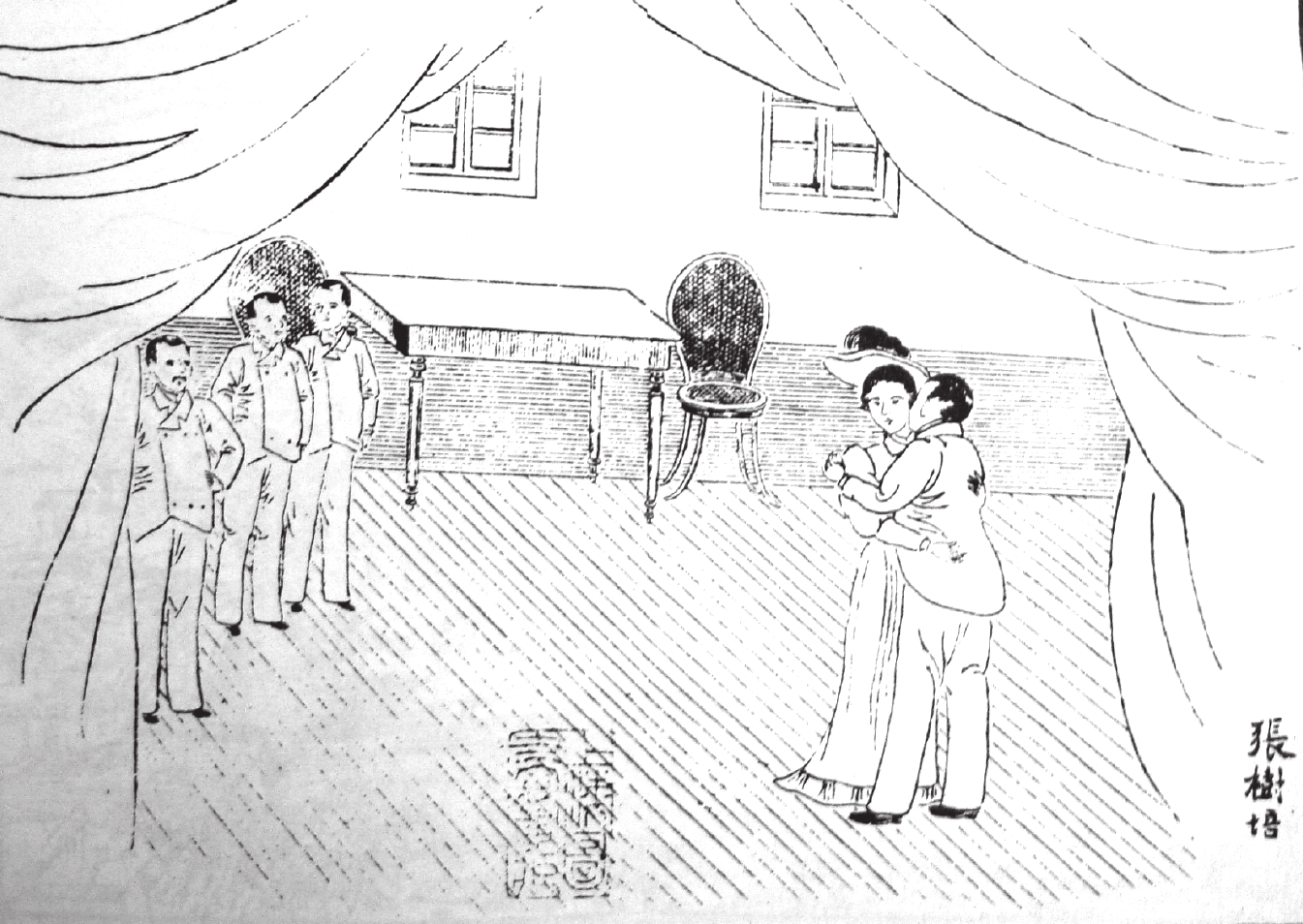
 沪公网安备 31010102003103号
沪公网安备 31010102003103号 DownLoad:
DownLoad:
